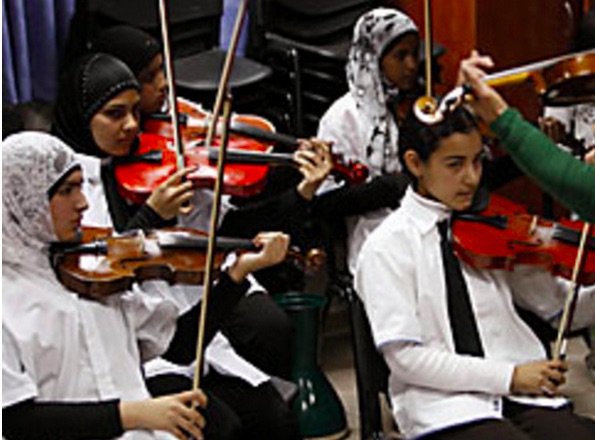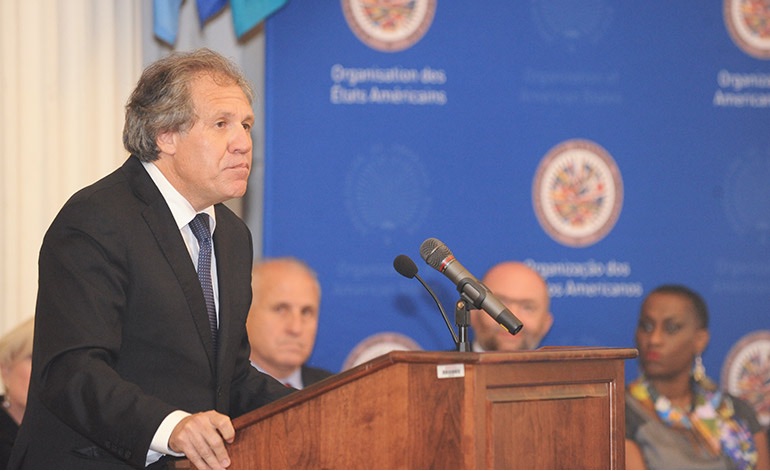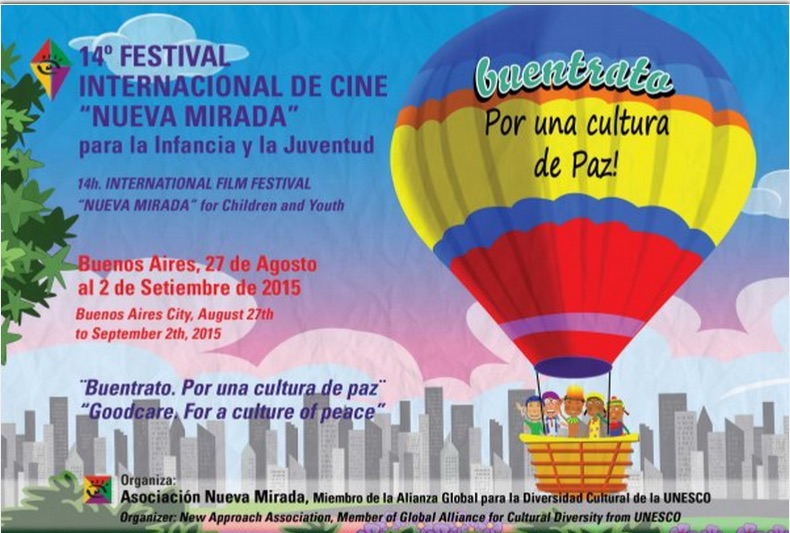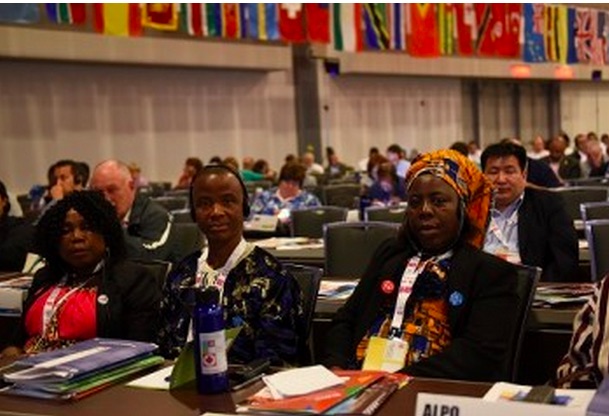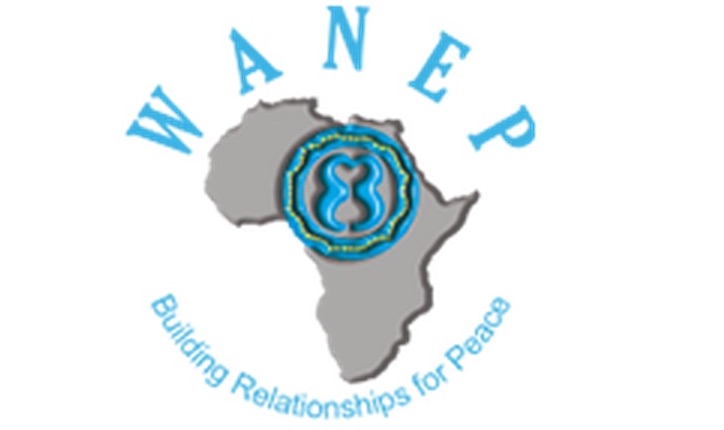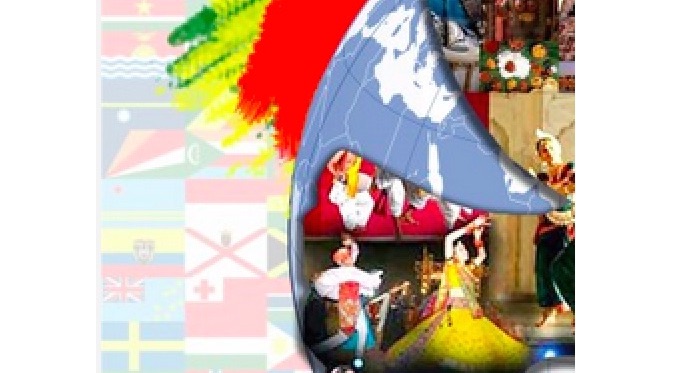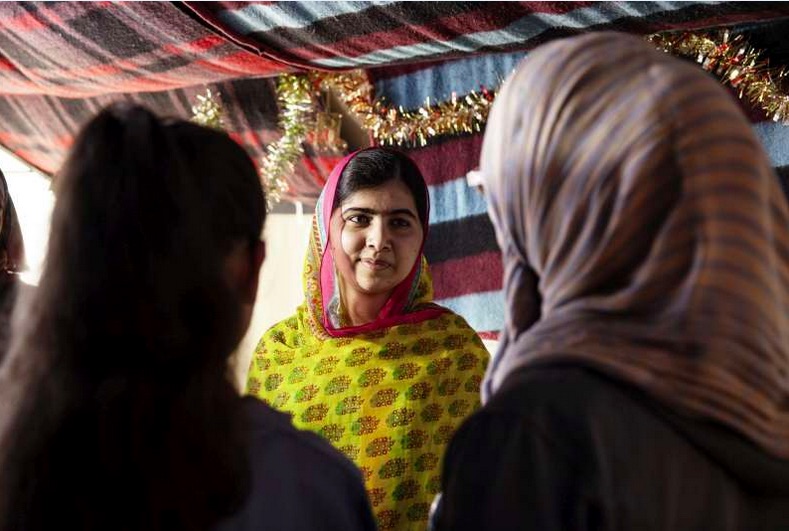EDUCATION FOR PEACE .
An article from Rock al Parque (translation by CPNN)
More than 350,000 people attended this year’s version of the Rock in the Park Festival which has become an institution in Bogotá. It has evolved and changed with the city, moving from generation to generation because it is alive and in this 21st edition it looks straight into the twenty-first century. This new edition of Rock in the Park, which closes after three great successful days of music, holiday, coexistence and diversity, was dedicated to the culture of peace.

This version of the most iconic rock festival of the continent left with sound, and music in the air from 74 national, local and international bands that came to the stage of the Metropolitan Simon Bolivar Park and the Media Torta, providing all the power of their talent to the thousands of spectators who showed once again that the Colombia is a rocker capital.
The Rock in the Park that we know today is the result of a conscious policy of the transformative power of art and culture in contemporary societies, as Mayor Gustavo Petro said in 2014, during the celebration of the twentieth anniversary of festival
Rock in the Park has made and continues to make it possible for thousands of young people to love music and reflect on a city that has tried collectively to build a public good as now recognized nationally and internationally. As explained by Santiago Trujillo Escobar,director general of the District Institute of Arts, Idartes, “Rock in the Park is the space to exercise creative freedom to be and to let be and to celebrate life. It makes us realize that if we commit the will and energy of our bodies and conscience, we can transform this country into a more humane and just society. ”
According to Santiago, “Rock in the Park has become the place where conflicting and sometimes extreme expressions of diversity can coexist and be respected and enhanced. From the point of view of Idartes, we value and foster debate. For us criticism is always welcome. Thanks to this we have a more pluralistic and representative festival, a festival that looks straight into the XXI century”
The closing of the third day of Rock al Parque was in the hands of three international bands, Café Tacvba, Ill Nino y Adrenaline Mob. They gave memorable moments to thousands of spectators full of emotions and euphoria and voice to the demand for social change and actions for peace.
(article continued on the right side of the page)
(click here for the Spanish version of this article.)
Question for this article:
What place does music have in the peace movement?
(article continued from the left side of the page)
An example of this was when members of the Che Sudaka band decided to share the stage with David Jaramillo of Doctor Krápula to chant a rock “bambuco” dedicated to the peasants and indigenous people who resist the occupation of their land, reject transgenic seeds and claim peace ” once and for all!”. Another example was when the vocalist Jota decided to run into the arms of the public, in an unforgettable moment that adds to the many who remain in the collective memory of a rock concert that Bogota renews year after year.
Because, as noted by Bertha Quintero, Deputy Director of Arts at Idartes and protagonist of this story from the beginning: “Today the festival is at the height of the great festivals of the world.” According to her, one of its main features has been the behavior of respect and coexistence of the public who has appropriated this space.
This is supported by the Subcomandante Metropolitan Police of Bogota, Col. Aurelio Ordonez who highlighted the exemplary behavior of the citizens who ensured complete tranquility during the three day event.
But besides being exemplary, Rock in the Park has served as a platform for groups that today have a national and international scope; since 2011 the festival has presented on its stage 134 district, 75 national and 169 international bands.
It should be noted that this year, the musical palette was based on gender diversity that resulted from the programming led by Chucky Garcia, according to Santiago Trujillo.
This year, in addition to presenting bands from around the country, the festival brought talent from countries including Chile, Jamaica, South Africa, Portugal, United States, Puerto Rico, Mexico, Germany, Venezuela, Spain, Ecuador, Italy, Japan, Argentina, France, Costa Rica, England, Poland, Brazil and Bosnia, among others.
In addition Rock in the Park serves as a showcase for companies and entrepreneurs in the sector. They find here a stage for their products and a space in which participants can access a variety of cuisines and collectible articles.
The festival includes more than what is on the stage. There is an academic component that includes lectures, workshops and panels that enhance dialogue and strengthen musical practice that grows every year. This year, for example during the three days of the festival more than 140 thousand people visited the corporate site of Rock in the Park. Not to ignore those who who follow the festival through the live broadcasts by Channel Capital which also reached over 450,000 Internet users, according to the data offered by the operating director of Channel Capital, Favio Fandiño.
In sum, the 21st festival has been worthy of its century, able to project into the future with the certainty of its institutional maturity and allow thousands of young people and adults to enjoy a complete selection of the best of the rocker scene, a memorable journey through the sounds and colors the rock music from around the world
